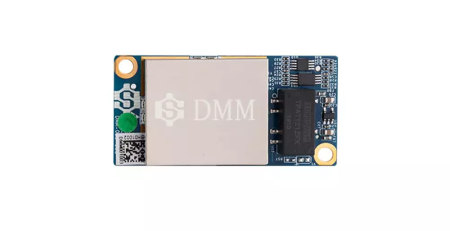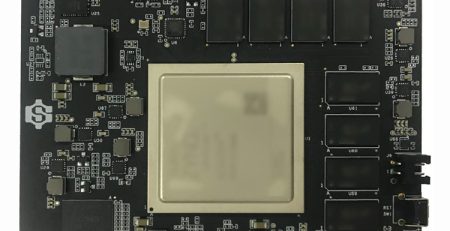Microcontrollers vs. FPGAs: Choosing the Right Solution for Your Project at Smartgiant
As part of Smartgiant‘s commitment to education and clarity in technology, we often receive inquiries about the difference between microcontroller and FPGA. By exploring these fundamental difference between microcontroller and fpga, we can help you make informed decisions for your projects. Our UltraScale+ Series, built on the Xilinx Zynq UltraScale+ MPSoC FPGA technology, exemplifies how FPGAs can serve diverse applications.
Key Differences in Architecture
One significant difference between microcontrollers and FPGAs lies in their architecture. Microcontrollers typically consist of a single-core processor with fixed functionality and limited resources. In contrast, our FPGAs, specifically within the UltraScale+ Series, combine a multi-core ARM Cortex processor with extensive FPGA resources. This allows FPGAs to be highly flexible and configurable, enabling them to perform various tasks simultaneously. By understanding this architectural distinction, you can appreciate why FPGAs, like our Nexus solution, excel at complex processing and parallel data handling while microcontrollers remain more suited for simpler, linear tasks.
Performance Capabilities
When considering the difference between microcontrollers and FPGAs, performance capabilities cannot be overlooked. Microcontrollers are designed for low-power applications and can efficiently handle basic control tasks. However, FPGAs, particularly those from our UltraScale+ Series, deliver remarkable performance with high-speed SerDes lanes, allowing rapid data transmission and processing. By leveraging the powerful resources available in our FPGAs, you can implement sophisticated algorithms and high-speed digital signal processing that would be challenging or impossible with a standard microcontroller. This significant performance advantage opens up new possibilities in fields such as telecommunications, automotive, and industrial automation.
Customization and Flexibility
Another notable difference is the level of customization and flexibility offered by each technology. Microcontrollers have predefined functionalities, which limits their adaptability for different applications. In contrast, our FPGAs provide extensive customization options, allowing you to tailor hardware, logic, firmware, and software to meet specific project requirements. At Smartgiant, we also offer ODM services that cover R&D, validation, and mass production, ensuring that your unique needs are met throughout the development lifecycle. This level of adaptability is a key factor in choosing FPGAs over microcontrollers for complex systems.
Conclusion
In conclusion, understanding the difference between microcontrollers and FPGAs is essential for making informed design choices. At Smartgiant, we believe that our UltraScale+ Series represents the future of processing technology, offering unparalleled performance, flexibility, and customization options. By selecting our FPGA solutions, you empower your projects with the capability to tackle complex tasks with ease. Let us help you navigate your engineering needs and unlock the potential of advanced technology together.






